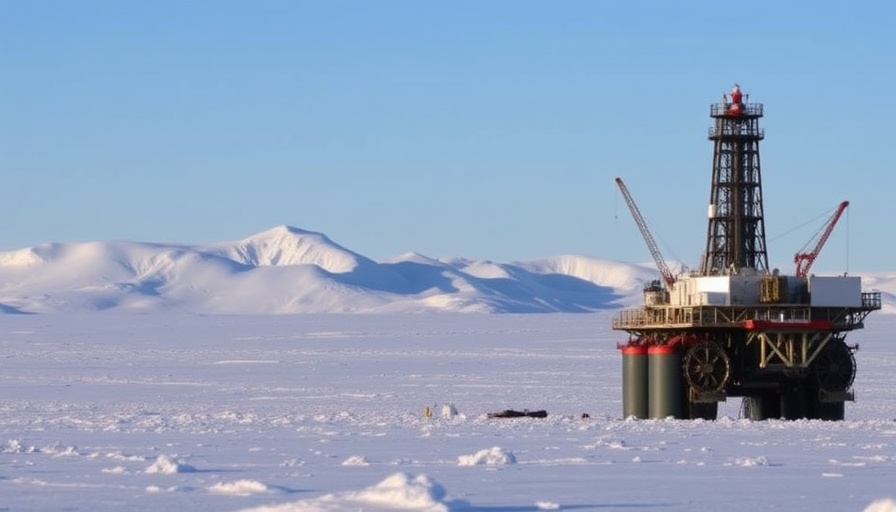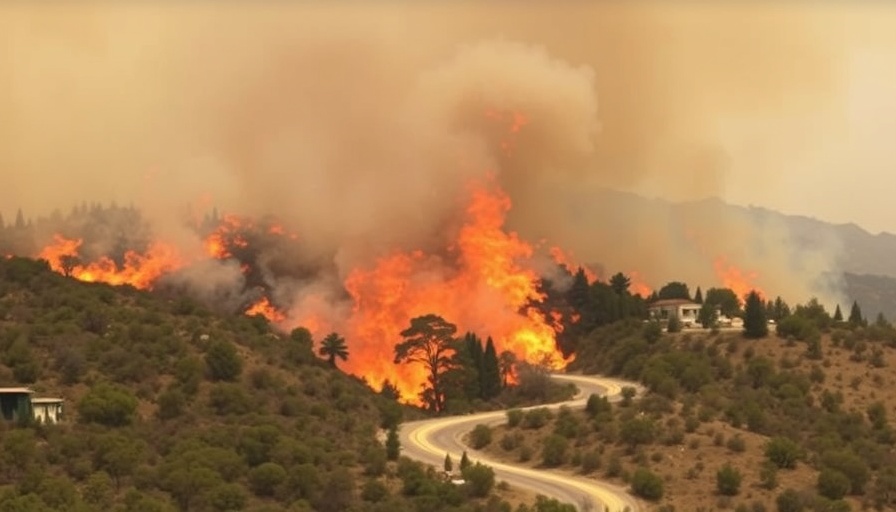
Asia’s Climate Crisis: A Urgent Warning
The World Meteorological Organization (WMO) has issued a startling report that underscores an alarming trend: Asia is warming at twice the global average. As temperatures soar, ecosystems, societies, and economies across the continent will feel the ramifications deeply. The data collected in the State of the Climate in Asia 2024 report reveals this dramatic reality, emphasizing the speed and scale at which climate changes are occurring in the region.
The Dire Impact on Sea Levels and Weather Patterns
Last year marked a significant turning point—Asia recorded its highest sea surface temperatures ever, with a decadal warming rate that far outpaces the global average. While the average increase is around 0.13 degrees Celsius worldwide, Asia's waters are climbing at 0.24 degrees Celsius each decade. This discrepancy has resulted in a number of critical consequences, including sea level rises that threaten low-lying coastal communities.
Furthermore, unpredictable weather patterns have laid waste across several nations. Countries are experiencing a dual threat: extreme rainfall that leads to devastating floods and severe droughts that imperil agricultural viability. This inconsistency has serious implications, particularly for farmers trying to secure their livelihoods amidst a rapidly changing climate.
Glaciers in Crisis: The Himalayan Connection
The report highlights how rising temperatures are affecting the snowpack and glaciers crucial for water resources in Asia. The central Himalayas and Tian Shan regions have proven particularly vulnerable, with 23 out of 24 glaciers witnessing significant mass loss due to extreme summer heat and diminishing winter snowfall. This has resulted in more frequent disasters, such as glacial lake outburst floods and landslides, that heighten the risks to communities reliant on these water sources.
Historical Context: Understanding the Drivers of Change
Historical trends indicate that, although global warming is a concern worldwide, the landmass of Asia—with its varied geography and climatic zones—brings unique challenges. The rapid temperature increases over land surfaces amplify the intensity of climate change felt across the continent. As we strive to comprehend these changes, understanding the historical context becomes crucial to formulating responsive strategies for adaptation and resilience.
Future Predictions: What Lies Ahead?
As the climate crisis escalates, future predictions indicate an escalating cycle of natural disasters that disproportionately affect vulnerable populations. Experts estimate that without immediate and collective action, the annual costs of climate-related disasters in Asia could reach trillions of dollars within the next few decades. It is imperative for policymakers and stakeholders to take these forecasts seriously, as they include a variety of challenges that will only compound if not addressed swiftly.
Actionable Insights: What Can Be Done?
Investing in green technologies, enhancing infrastructure resilience, and improving water management are steps that can mitigate some of the impacts highlighted in the WMO report. Communities must advocate for sustainable practices in agriculture, construction, and urban planning to prepare for the anticipated challenges. Long-term solutions—including policy advocacy and community engagement—can drive significant change and help alleviate the impacts of climate change.
Your Role in the Climate Conversation
As a homeowner or investor in property-related ventures, understanding these implications can empower you to make informed decisions during a time of environmental uncertainty. Sustainable investments, eco-friendly building materials, and conscientious energy use not only make properties more attractive but also contribute to a more sustainable future.
Engaging with these insights and embracing a proactive mindset can lead to a more resilient and equitable society in the face of climate change.
Conclusion: Time to Act
With a clear picture painted by the latest findings from the WMO, it is critical to act now. Whether through advocacy, investment, or personal choices regarding sustainability, there is immense value in participating in the broader climate conversation. We must unite to protect our planet for future generations.
Let’s commit to being part of the solution and explore sustainable practices in our homes and communities.
 Add Row
Add Row  Add
Add 





Write A Comment